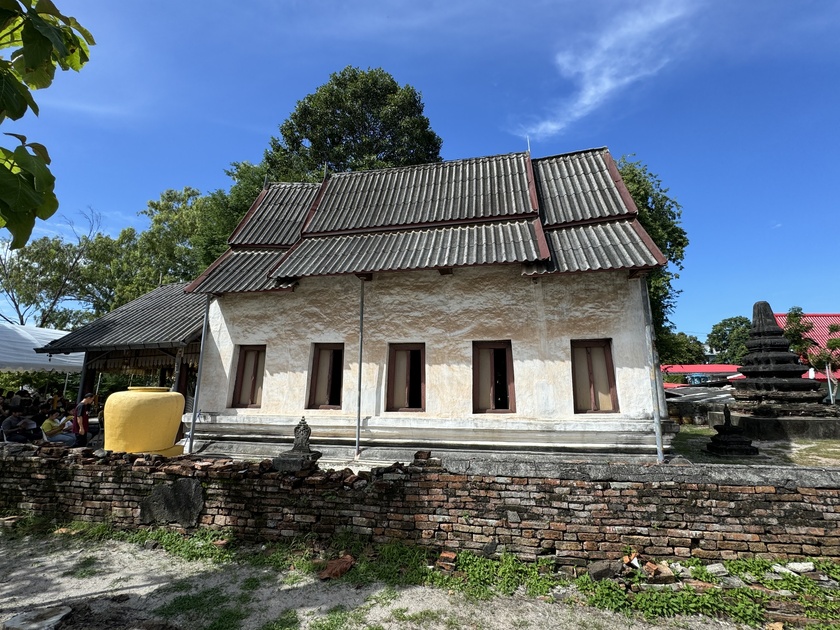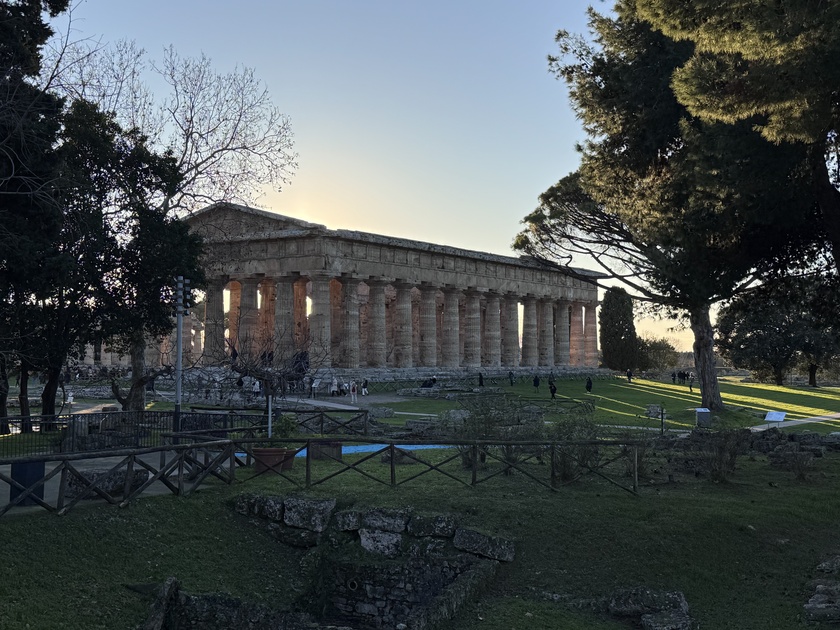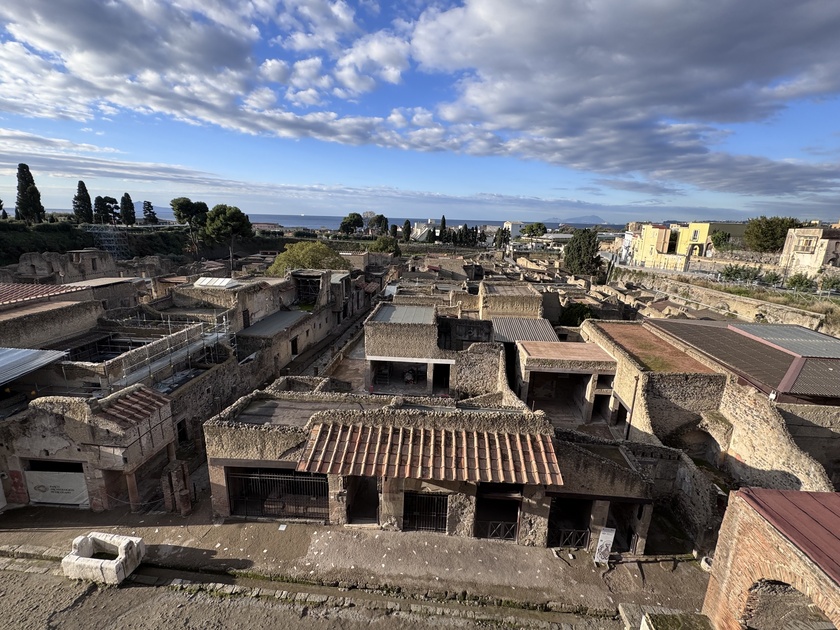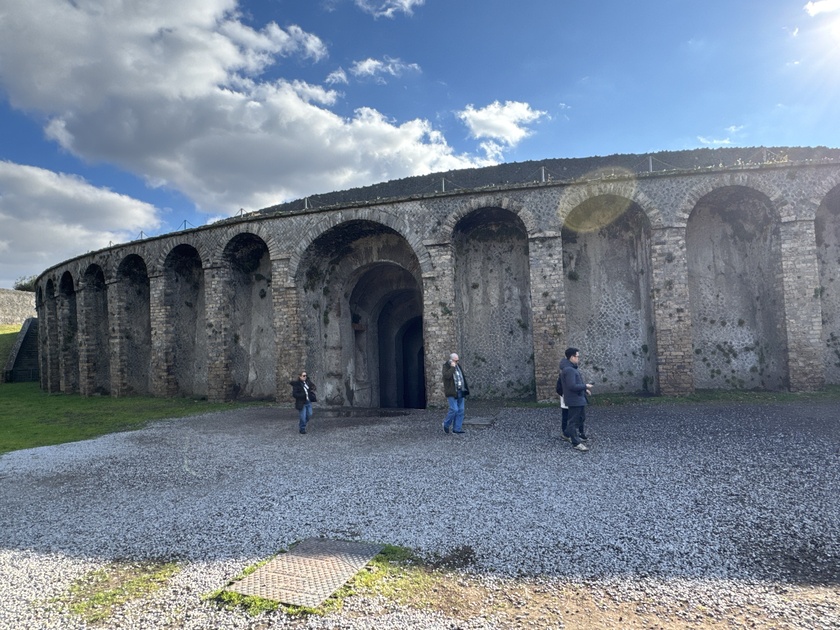Khod Timtharam Temple is the oldest temple in Rayong. It was built during the Ayutthaya era and is one of the few remaining temples with mural paintings from that era inside the old ordination hall. There is a modern part that has been added on and is active with monks in residence.
Khodtimtharam Temple Or Wat Khot has many names. such as Wat Khot (Tim Ratchatharam) or Wat Khot (Tim Tharam) is said to have been named after Phraya Rayong, the governor of the city.
The locals call it simply "Wat Khot" because of its location on a sandy knoll next to the Rayong River.
The Fine Arts Department reports that Wat Khot was built in 1570 after the first defeat of Ayutthaya during the white elephant war with Burma.
The chapel (old building) is a brick and cement building with an open layout. It has a rectangular plan, wooden roof that was originally roofed with overlapped tiles. The gable is stuccoed and decorated with glazed animal figures. Chinese art can also been seen in the stucco. The roof ...
The Archaeological Site of Paestum: Ancient Poseidonia’s Magnificent Greek Legacy
Paestum, located in the Campania region of southern Italy about 85 kilometers southeast of Naples in the modern comune of Capaccio Paestum, stands as one of the most extraordinary surviving examples of ancient Greek colonization in Magna Graecia.
Originally founded around 600 BC by Greek settlers from Sybaris as Poseidonia—named after the sea god Poseidon—the city quickly flourished into a prosperous trading and cultural center on the Tyrrhenian coast, benefiting from fertile plains and maritime access.
Conquered by the indigenous Lucanians around 400 BC, who renamed it Paistom, the city retained much of its Greek character while adopting local influences, evident in vibrant painted tombs from this era.
In 273 BC, it became a Roman colony under the name Paestum, receiving new public buildings like a forum, amphitheater, and roads, though the iconic Greek temples remained revered.
Prosperity continued into the ...
Herculaneum, an ancient Roman town nestled at the base of Mount Vesuvius on the Bay of Naples in modern-day Ercolano, Italy, began as a seaside settlement with roots tracing back to legendary founding by Hercules, though historical evidence points to Oscan origins around the 6th or 7th century BC.
Over centuries, it passed through Greek influence, Samnite control in the 4th century BC, and finally became a Roman municipium in 89 BC after the Social War.
Smaller and wealthier than nearby Pompeii, with a population of about 4,000 to 5,000, Herculaneum served as an elegant resort for Roman elites, boasting luxurious villas overlooking the sea, sophisticated architecture, and a prosperous economy tied to trade and fishing.
A severe earthquake in 62 AD damaged much of the town, and repairs were still underway when catastrophe struck on August 24-25, 79 AD.
Unlike Pompeii, which was buried primarily under ash and pumice, Herculaneum lay northwest of the volcano and initially escaped the heaviest fallout due ...
The Ruins of Pompeii: A Frozen Snapshot of Ancient Rome
Pompeii was a thriving ancient Roman city in Campania, Italy, near modern Naples. Founded around the 7th–6th century BC (possibly by the Oscans), it grew into a prosperous port and resort town with a population of about 10,000–20,000 by the 1st century AD. On August 24, 79 AD, Mount Vesuvius erupted catastrophically in a Plinian eruption, ejecting ash and pumice high into the atmosphere before unleashing deadly pyroclastic surges.
The city was buried under 4–6 meters (13–20 feet) of volcanic material, preserving it remarkably well—streets, buildings, frescoes, artifacts, and even casts of victims in their final poses.
This rapid burial created one of the world’s best-preserved ancient sites, offering unparalleled insights into Roman daily life: homes with gardens, bakeries with loaves still in ovens, theaters, baths, brothels, and graffiti on walls.
Rediscovered in the late 16th century and systematically excavated from 1748, ...



















































